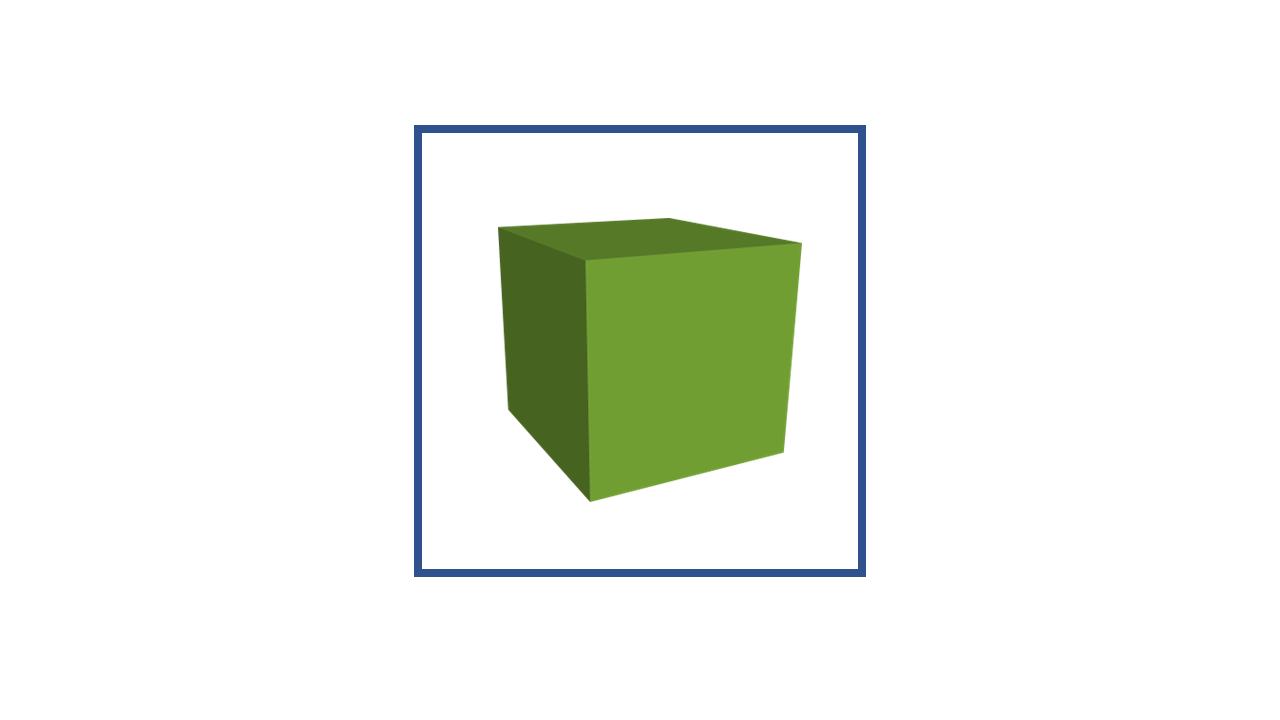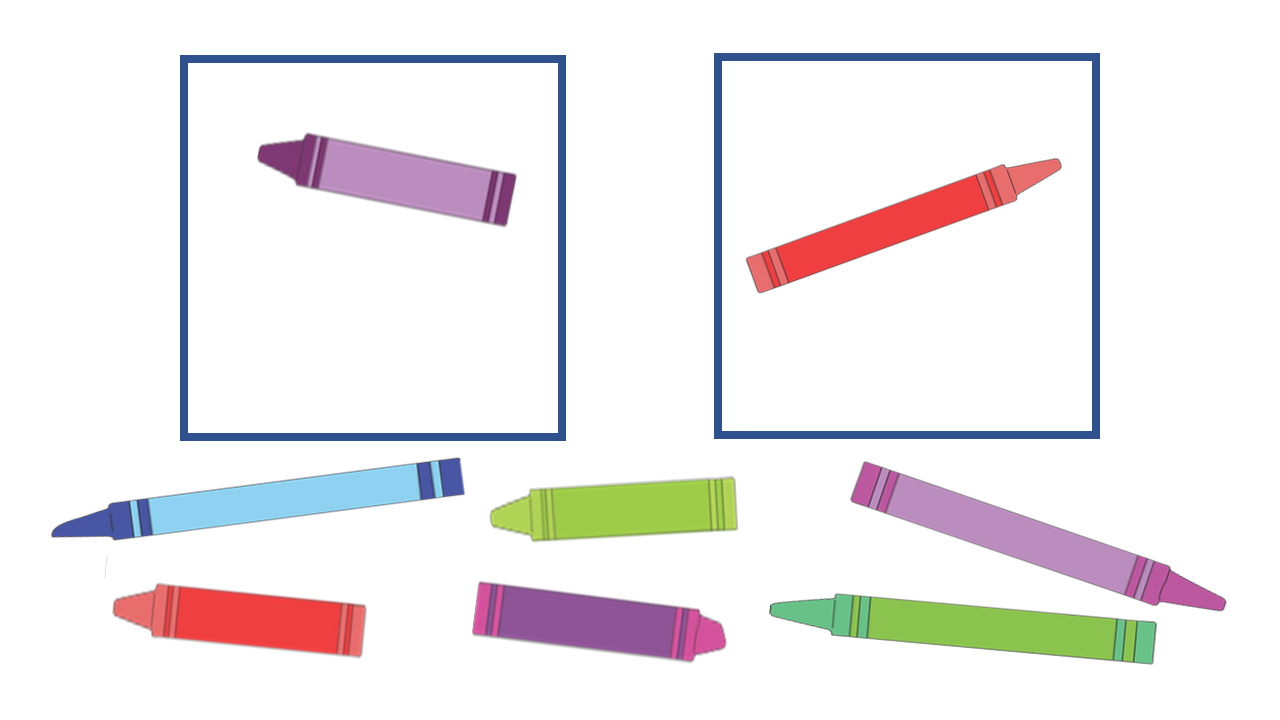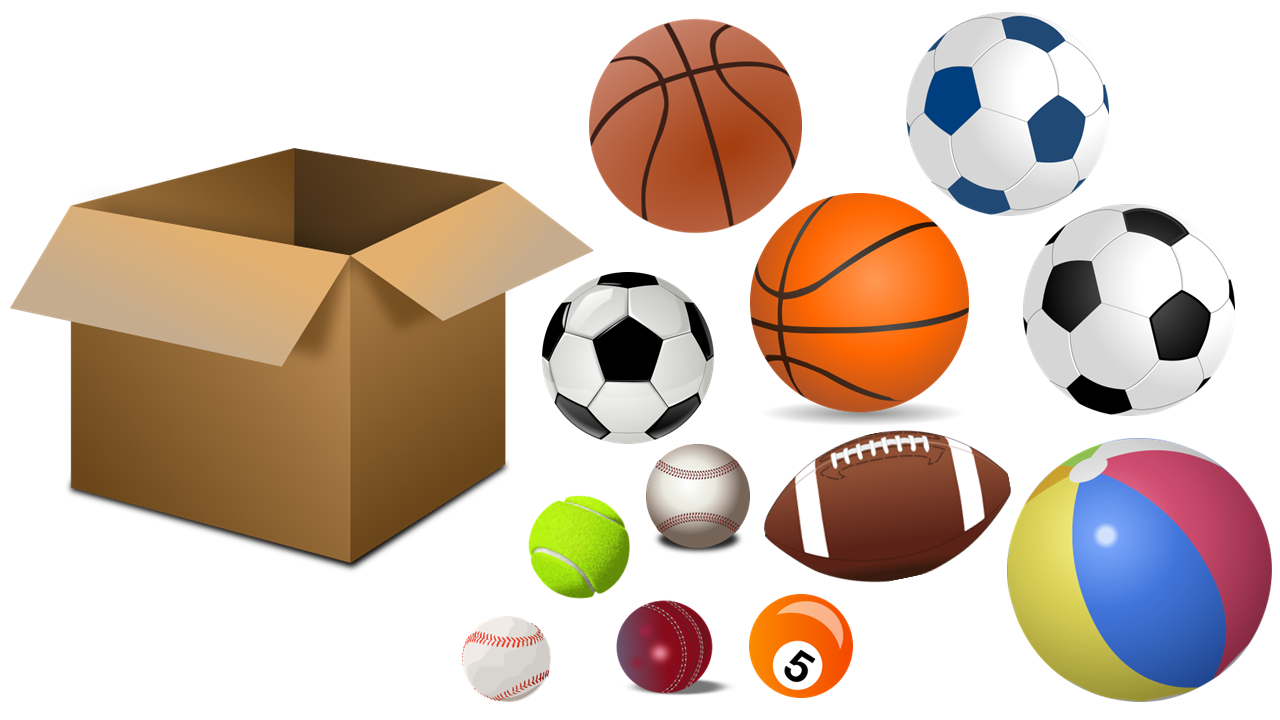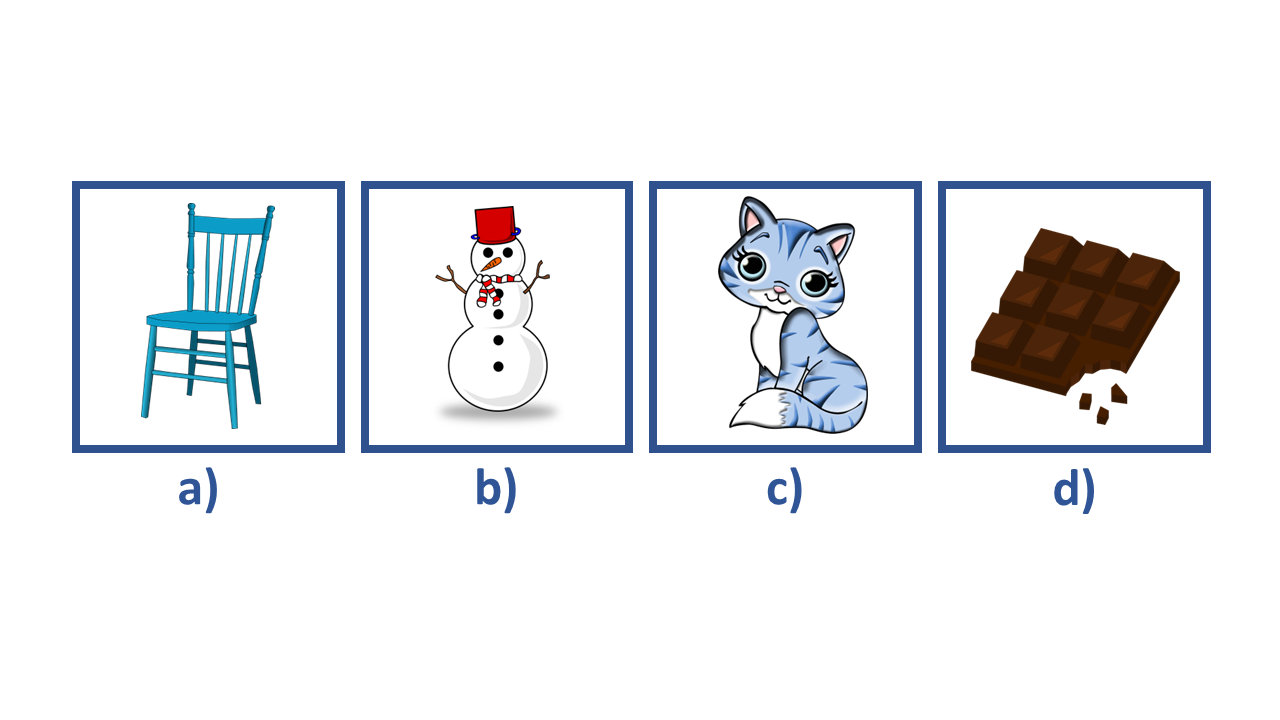

The MAP Kindergarten Test is a computer-adaptive test that measures your child’s progress throughout their academic career.
The grades K through 2 tests assess mathematics and reading abilities.
The results from these tests allow teachers to identify the gaps in your child’s knowledge and to better understand their ability to learn and retain information.
The MAP test is administered three times in the academic year to ensure your child’s progress is properly recorded.
The MAP test is a computer-adaptive test created by the NWEA, a non-profit organization that creates assessments for school children.
This means that each question gets harder with every correct answer and easier with every incorrect answer, allowing your child to work through at a level that suits them.
The unique scoring system that the MAP uses takes the difficulty level into consideration and produces a result unique to your child.
It is taken by students grades K through 12 and assesses:
MAP tests for kindergarten level only assess reading and mathematics.
The MAP test is given in the fall, winter and summer as a way to monitor your child’s academic progress.
It is untimed, but guidelines suggest it should take approximately 45 minutes to complete.
The MAP tests are available in English and Spanish, as well as a host of accessible options such as Braille and color contrast.
Find out about the other MAP test grades in these dedicated articles:
How Is the MAP Kindergarten Test Different?
As the kindergarten age is so young, NWEA has made some adjustments to the school assessment test format.
The questions are recorded so your child can listen through a set of headphones.
There are also a lot of visual aids and pictures to keep your child engaged.
Before the test begins, an audio test will ensure the headphones and visual aids are working. There will also be a series of practice questions to help settle your child.
After 20 minutes, the test will be interrupted to either pause, suspend or terminate the test.
MAP Kindergarten Mathematics Section
The mathematics section consists of about 43 questions and the test areas are:
These questions are not affiliated with the official test and will therefore not be on the test.
They are designed to give you an idea of the type of questions your child might have to answer.
Example Question
1. What is the name of this shape?
a) Sphere
b) Cube
c) Cone
d) Pyramid
2. Look at the crayons below. Move the long crayons into the box with the other long crayons, and the small crayons into the box with the other small crayons.

3. Sarah has 5 balls. Her friend gives her 3 balls. Move the correct number of balls into the box.

MAP Kindergarten Reading Section
The MAP kindergarten test reading section also has around 43 questions and assesses:
1. Look at the sentence. What sign is missing?
Do you like apple juice
Show Answer Example Question2. Which picture matches the sounds ‘ch’ ‘air’?

If you want 12-month access to all the practice resources for this test, our partner TestPrep-Online.com offers a Family Membership.
Family Membership gives you access to all the TestPrep-Online resources for the next 12 months. You will also get two separate accounts, which can be very helpful if you have two children preparing for their tests.
Why Are MAP Tests Used?
MAP tests are used as a tool to track a student’s progress from grades K-12.
The MAP kindergarten test is an aptitude test specifically designed to assess your child’s ability to learn and retain information. It is an indication of their learning style and identifies gaps in their knowledge.
All this information is then used to determine their learning potential and what additional support they may need.
How to Prepare for the MAP Kindergarten Test
Preparing a young child for the MAP test for kindergarten is not always easy. They are incredibly young and don’t yet know the importance or value of sitting aptitude tests.
They also often have short attention spans, which can be an issue when taking a test with multiple questions.
Giving yourself and your child ample time to prepare will help improve your child’s understanding and performance without causing stress.
Begin your preparation by learning what you can about the test, such as the subject areas and question format.
An excellent websites that provides sample questions is TestPrep-Online.
These sites have several free MAP tests for kindergarten.
From there, you can decide on the best methods for teaching your child.
These may include:
While working through the MAP test practice for kindergarten encourage your child to think about their decisions by asking them why they chose that option or why they think that’s correct.
A big factor in the kindergarten level is improving attention span. When you start the practice session, begin with short games regularly throughout the day – no more than five minutes.
When your child is more than happy focusing for five minutes, try seven, then nine, and so on until your child can answer a full test paper.
Essentially, your preparation is going to include a lot of patience and play-based learning.
Explore online forums such as Quora and Facebook to see what learning games and tips other parents found useful.
Adding reading to their schedule will help with their vocabulary, spelling and language understanding.
Reading, in general, is a great hobby to encourage, especially when it includes a variety of texts such as non-fiction, fiction and poetry.
Most importantly do not put any stress on your child. This test is designed to highlight which areas they are behind in and which areas they excel in.
But they are also very young and at the beginning of their schooling experience. Showing any anger or frustration will cause your child to lose interest in the learning process.
Instead, focus on what your child has done well and actively praise and reward them. The more encouraging you are, the more interest your child will show.
Keeping your child well nourished, hydrated, rested and healthy will help develop and improve their learning abilities.
Frequently Asked Questions